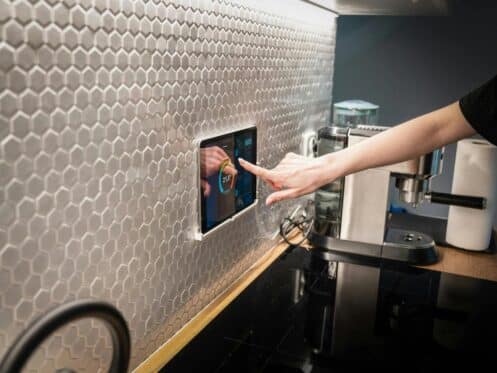When your current HVAC system becomes too expensive to maintain, it is often more cost-effective to replace the equipment. Few homeowners look forward to this situation since shopping for a replacement HVAC system can feel overwhelming or frustrating. You can make the process easier by learning what to look for in a new system.
Choose the Right Size
Even the most energy-efficient HVAC systems won’t keep your energy costs down if the system is too small or too large for your home. A system that doesn’t offer sufficient BTUs to maintain a consistent temperature will run frequent or continuous cycles. A system that’s too large for your home will cool your home too quickly, contributing to humidity and high indoor moisture.
The best way to determine the right size for optimal HVAC energy efficiency is by scheduling an energy audit. The audit will involve assessing your home’s square footage, insulation, and other factors to determine how much tonnage your HVAC system must deliver.
One ton of cooling power is equal to 12,000 BTUs per hour. The average home needs a 3-ton/36,000 BTU system. You can take steps to boost HVAC energy efficiency before scheduling the energy audit.
Updating your home’s insulation, sealing air leaks, and taking other steps can help you reduce energy waste and lower the HVAC tonnage your home requires.
Compare the SEER for Energy-Efficient HVAC Systems
Are HVAC systems energy efficient? The SEER (seasonal energy efficiency ratio) determines the energy efficiency of any system. The SEER rating system compares the total cooling output of the system during a normal season to the amount of energy the unit uses to provide that cooling. A system that uses less energy to provide the same level of cooling will have a higher SEER rating.
When you’re looking for the most energy-efficient HVAC system on the market, you’ll want to look for the highest SEER ratings. Currently, systems with SEER ratings of 16 or higher offer high-efficiency services.
When you’re looking for a premium system that uses new HVAC technology to provide the highest level of energy efficiency, look for SEER ratings that exceed 26.
Choose Split or Packaged Systems
After considering the size and SEER rating of your new system, you’ll also want to look at the type of system you install. When shopping for the most energy-efficient HVAC systems, consider the possibility of deviating from the traditional packaged system.
Large, forced-air systems use ducts to push treated air to living spaces on multiple floors or in separated sections in a home. These are the most energy-efficient HVAC systems for homes with several bedrooms, office spaces, and nonlinear layouts.
When you have a shotgun-style home or you live alone, other types of energy-efficient HVAC systems might serve your needs.
A mini-split system or a heat pump can deliver treated air to specific areas or rooms. This saves you from heating or cooling living spaces that are vacant for long periods. You can install ductless units in multiple areas to create a variety of climate zones within your home.
Get HVAC Replacement Help from the Pros
Endless Energy provides new HVAC installations in addition to our maintenance and repair services. We’ll conduct a Mass Save Home Energy Assessment to help you qualify for the 0% 7-year HEAT Loan. This can help you save up to $10,000 to $16,000 on your new HVAC system installation. Request an HVAC consultation to get started.


